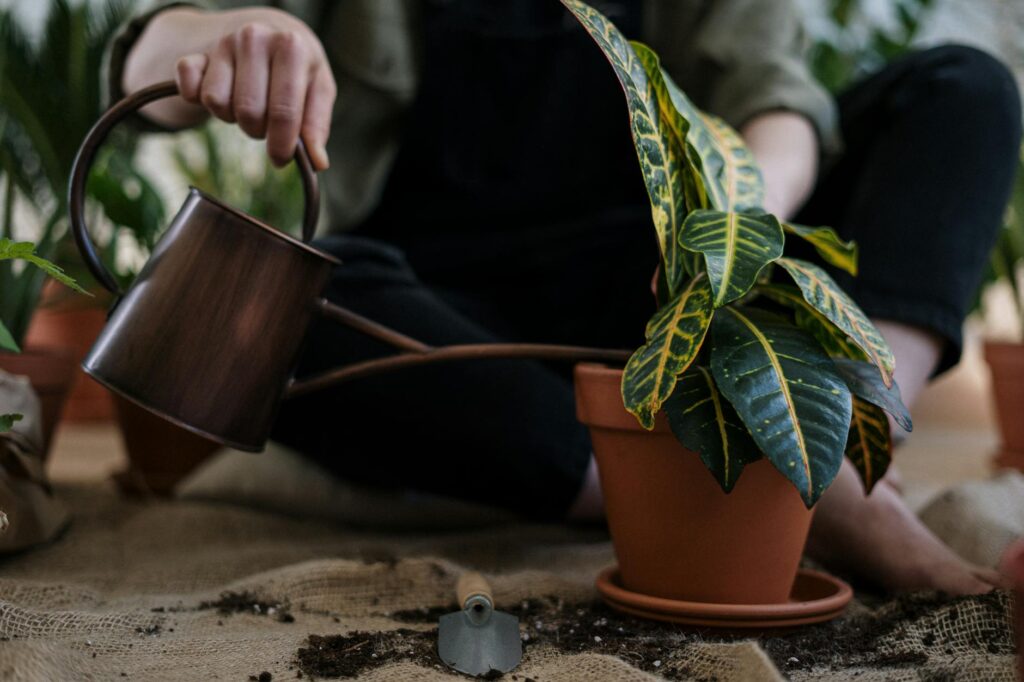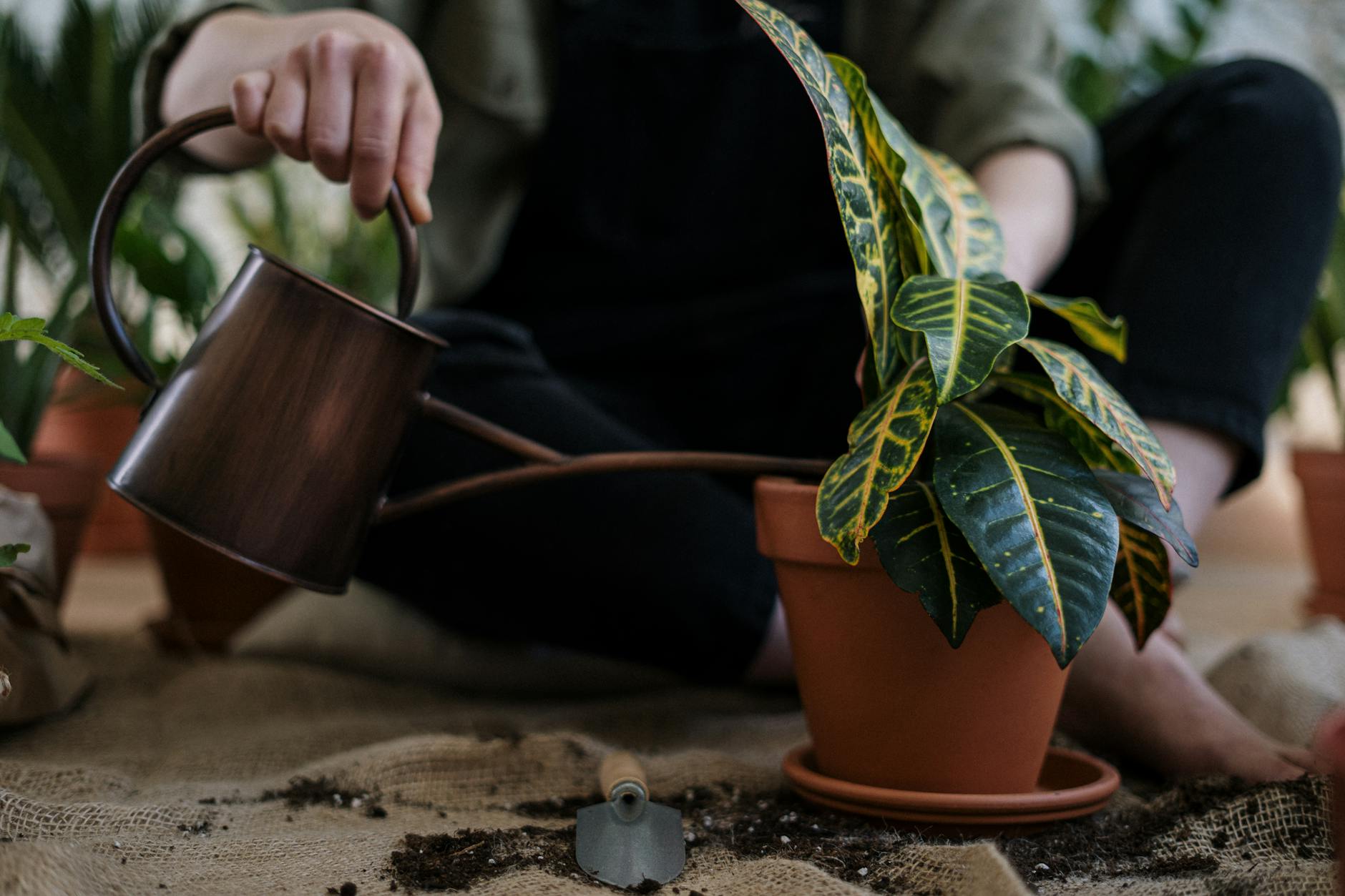Reap the benefits of your own bountiful food garden with these 10 expert tips for a thriving and delicious harvest!
Table of Contents
Food gardening is a rewarding and fulfilling activity that allows you to grow your own produce and enjoy the fruits of your labor. Whether you have a spacious backyard or a small balcony, starting a food garden can be a fun and sustainable way to incorporate fresh, homegrown ingredients into your meals. In this blog post, we will explore some tips and guidelines for creating a successful food garden that will yield a bountiful harvest.
Choosing the Right Location
When planning your food garden, selecting the right location is key to ensuring the success of your plants. Most vegetables and herbs require at least 6-8 hours of sunlight per day, so choose a spot that receives ample sunlight. Additionally, make sure the location has good drainage to prevent waterlogging, which can lead to root rot.
Preparing the Soil
Healthy soil is the foundation of a thriving food garden. Before planting, it’s important to prepare the soil by tilling it and adding organic matter such as compost or aged manure. This will provide essential nutrients to your plants and improve soil structure. Consider conducting a soil test to determine the pH levels and nutrient content of your soil, and adjust accordingly.
Choosing the Right Plants
When selecting plants for your food garden, consider factors such as your climate, available space, and personal preferences. Some easy-to-grow vegetables for beginners include tomatoes, lettuce, peppers, and zucchini. Herbs like basil, mint, and parsley are also great options for adding flavor to your meals. Be sure to plant a mix of vegetables and herbs to create a diverse and balanced garden.
Watering and Maintenance
Consistent watering is essential for the health and growth of your plants. Most vegetables require 1-2 inches of water per week, either through rainfall or manual watering. Be mindful of overwatering, as this can lead to root rot and other issues. Regular weeding, pruning, and mulching will help keep your food garden healthy and thriving.
Harvesting and Enjoying the Fruits of Your Labor
As your plants grow and mature, it’s important to monitor them for signs of ripeness and readiness for harvest. Different vegetables and herbs have different harvesting times, so be sure to research the specific requirements for each plant. Harvesting your own produce is incredibly rewarding and allows you to enjoy fresh, flavorful ingredients in your cooking.
Benefits of Food Gardening
Aside from the satisfaction of growing your own food, food gardening offers a range of benefits for both individuals and the environment. Homegrown produce is often more nutritious and flavorful than store-bought counterparts, as it is picked at peak ripeness. Food gardening also promotes sustainability by reducing food miles and minimizing reliance on store-bought produce.
Incorporating Homegrown Ingredients into Your Meals
Once you have harvested your homegrown produce, the possibilities for incorporating them into your meals are endless. Fresh tomatoes can be used in salads, sandwiches, and pasta dishes, while herbs like basil and mint can add a burst of flavor to sauces, soups, and beverages. Experiment with different recipes and cooking techniques to make the most of your homegrown ingredients.
In conclusion, starting a food garden is a wonderful way to connect with nature, enjoy fresh, homegrown produce, and lead a more sustainable lifestyle. By following these tips and guidelines, you can create a successful food garden that will provide you with an abundance of delicious ingredients for your meals. So roll up your sleeves, dig in the dirt, and grow your own goodness!




